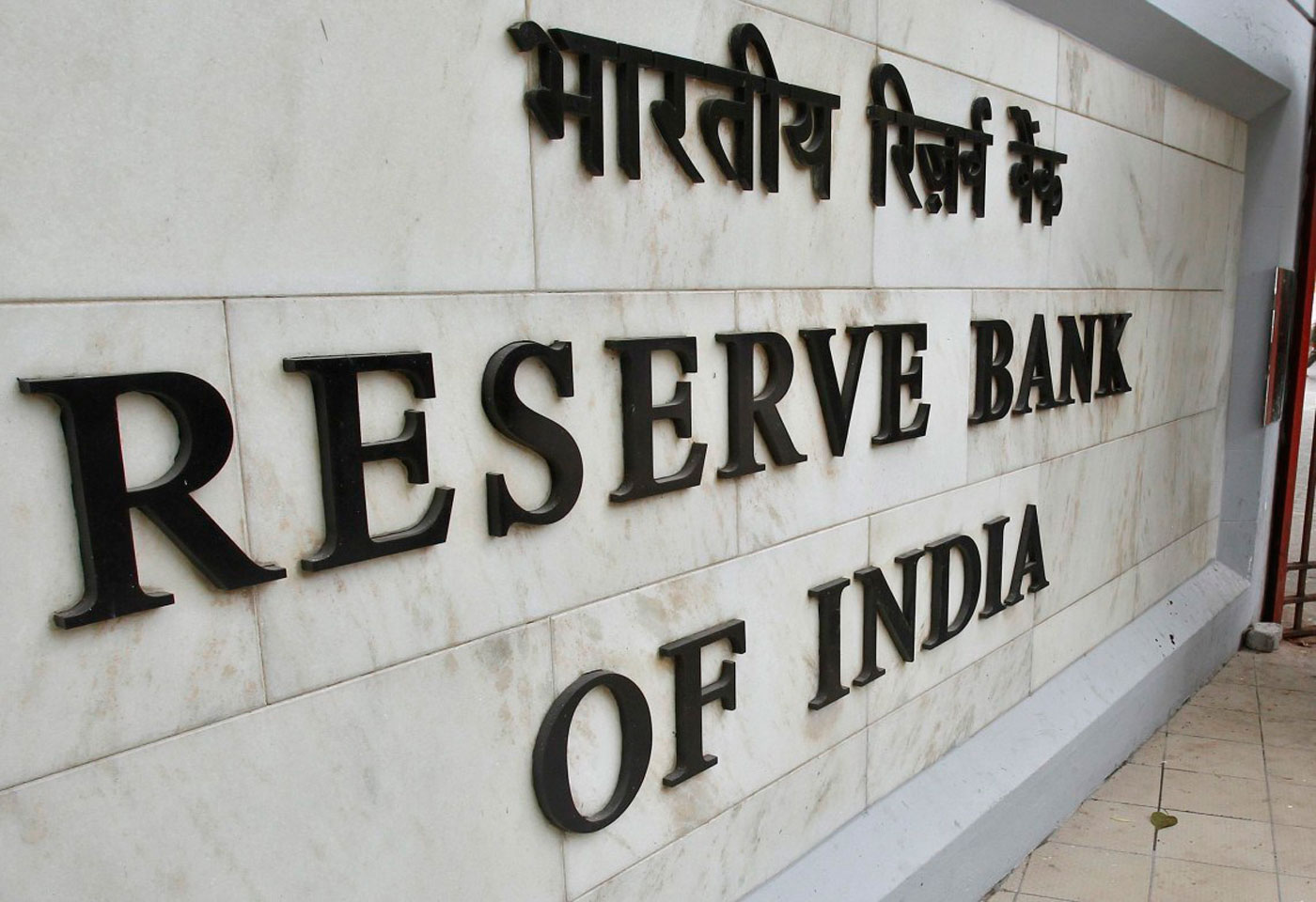Key Information You Should Know about Repo Rate and Reverse Repo Rate in India
Anjali Arora 17 June 2019
About Repo Rate in India
Repo rate is the rate at which the central bank of a country (which is Reserve Bank of India, in our case) lends money to commercial banks in when they have a shortage of funds. Monetary authorities use current repo rate 2017 to control inflation. When there is inflation, central banks increase the RBI repo rate which then acts as a disincentive for banks to borrow from the central bank at the current bank rate 2017. This finally reduces the money supply in the economy and thus helps in controlling inflation. The central bank holds the contrary position when there is a fall in inflationary pressures. Repo and reverse repo rates are a part of the liquidity adjustment facility.
How does the Repo Rate work?
When you borrow money from the bank, they charge an interest on the principal amount. This is the cost of credit. Similarly, banks can also borrow money from RBI in a cash crunch for which they too must pay interest to the Central Bank. This interest rate is known as the repo rate. Technically, Repo is ‘Repurchasing Option’. It is a contract in which banks supply eligible securities such as Treasury Bills to the RBI when they take overnight loans. There is also an agreement to buy them back at a pre-fixed price with RBI. So, this bank rate is levied on these kinds of repo transactions as well.
What are the main components of a Repo transaction?
- Banks give eligible securities (these are RBI-recognized securities that are above the Statutory Liquidity Ratio limit).
- RBI gives one day or overnight loan to the bank.
- RBI charges an interest (which is the repo rate today) from the bank.
- Banks repay the loan after one day and buy back the security they gave as collateral.
Also Read: A quick guide about GST for Real Estate
Key Features of Repo Rate
- With Repo Rate adjusted to 5.75%, consequently Reverse Repo Rateunder Liquid Adjustment Facility (LAF) stands adjusted to 5.5% andMarginal Standing Facility(MSF) rate and the Bank Rateto 6.0%.
- Other revised Rates Cash reserve ratio (CRR) unchanged at 4%; Retail inflation forecastraised marginally to 3% -3.1% for first half (H1) of 2019-20) and 3.4% -3.7% for second half (H2).
- GDP Growth Rate RBI lowered Gross Domestic Product (GDP) growth forecast for financial year 2019-20 to 7% from 7.2% in April Monetary Policy. This is in range of 6.4% to 6.7% for first half (H1) of 2019-20 and 7.2-7.5% for second half (H2) with risks evenly balanced. This lowered forecast was taking into account current weak global demand due to escalation in trade wars and weakened private consumption in rural areas.
- The six member Monetary Policy Committee(MPC) headed by RBI Governor Shaktikanta Das unanimously decided to reduce policy repo rate and to change stance of monetary policy from neutral to accommodative.
Affect the economy by the Repo Rate
Repo rate is a powerful arm of the Indian monetary policy that can regulate country’s money supply, inflation levels and liquidity. Additionally, the levels of repo have a direct relationship with the cost of borrowing for banks. Higher the repo rate, higher will be the cost of borrowing for banks and vice-versa.
| Repo Rate | Reverse Repo Rate |
|---|---|
| It is the rate at which RBI lends money to banks | It is the rate at which RBI borrows money from banks |
| It is higher than reverse repo rate | It is lower than repo rate |
| It is used to control inflation | It is used to control money supply |
| It involves sale of securities which would be repurchased in future. | It involves transfer of money from one account to another. |
What is Reverse repo rate?
A Reverse Repo Rate is a rate that RBI gives as an offer to banks when they deposit their extra cash with RBI for small periods. In other words, it is the rate at which the RBI borrows from commercial banks. When banks have extra funds, but do not have any other lending or investment options, they deposit or lend the surplus funds to the RBI. Bank use this to raise additional interest from their funds. Reverse repo rate has an inverse relationship with the economy’s money supply. During high levels of inflation in the economy, RBI increases the reverse repo rate India. It encourages the banks to deposit more funds with the RBI to earn higher returns on their idle cash. Consequently, every excess rupee is used in the banking system. Banks are left with lesser cash to give loans, effectively putting a curb on the buying power of individuals. The economy of our country is a complex affair and it needs efficient management which is the responsibility of not only the RBI, but also the finance ministry and government.
Impact of Reverse Repo Rate on Economy
Reserve Bank of India boost the reverse repo rate with the objective to flush out the exuberance liquidity in the financial system by guardianship check on inflation rate. freshly, Reserve Bank of India has increased reverse repo rate by 25 basis points, from the previous rate of 5.75 to 6 percent at present. However this is not expected to have any major impact on retail customer financing in the recent future. With the increased reverse repo rate supply of money in the market will reduce. Due to reduced money supply, inflation rate is expected to get decreased.
Get in Touch With us
Register here and Avail the Best Offers!!





